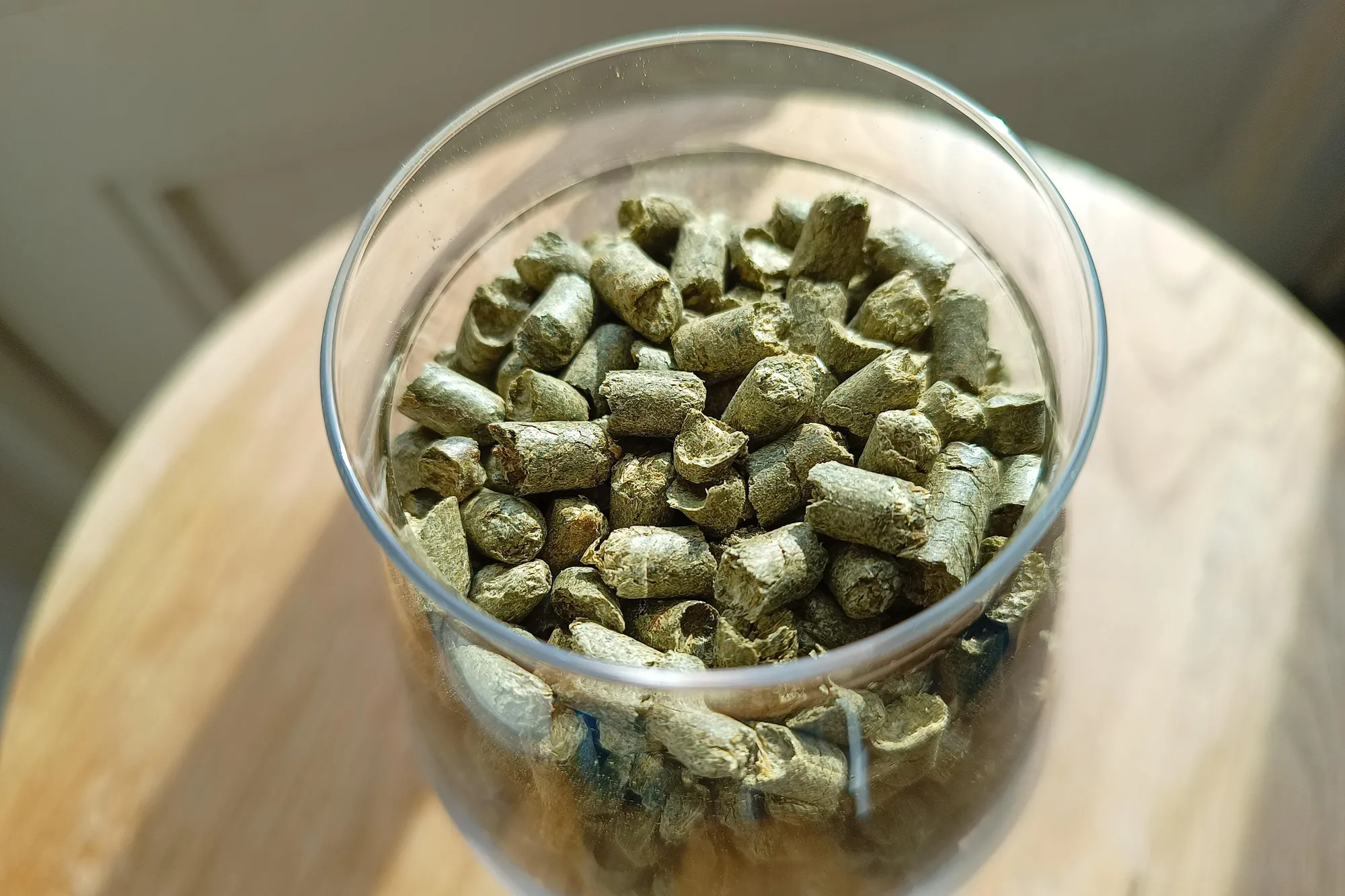There are different moments during brewing when you can add hops to the wort. But what are exactly the possibilities for hop additions in beer brewing?
Hop is an excellent flavor enhancer in beer. By selecting specific moments for hop additions during brewing, you can extract abundant aroma from the hops. These aromas significantly improve the taste of your beer, enhancing the overall drinking experience.
The key moments for hop additions in brewing
There are several key moments during the entire brewing process when you can add hops:
- After mashing: First Wort Hopping
- During boiling
- Flameout / whirlpool
- During fermentation: dry hopping
ADvertisement
First Wort Hopping (FWH)
With First Wort Hopping, hops are added after mashing and before boiling, coinciding with the flow of sparge water into the kettle. The temperature is low enough to extract aromas without introducing bitterness.
Hop addition during boiling
Most brewing recipes include one or more hop additions during the wort boiling stage, the standard time for adding hops.
Bittering hops are often added at the boil’s start, requiring an extended period to release bitter compounds. Aroma hops are usually added in the last 10 to 5 minutes of boiling. However, there are other moments you can take advantage of for hop additions.
Flameout / Whirlpool
Another opportune moment for hop additions in brewing is after boiling, during the flameout or whirlpool. This occurs when the brew kettle is turned off, and for electric kettles, heating stops.
The flameout often aligns with whirlpooling, especially with manual stirring. In some cases, the whirlpool may occur slightly later, such as when using an electric kettle with a pump. Consider the pump’s maximum temperature.
Ideally, wait until the wort cools below 80 degrees Celsius before adding hops, allowing a 30-minute rest to extract sufficient aromas.
After half an hour, continue cooling the wort to the yeast-pitching temperature.
Dry Hopping during fermentation
After completing the active brewing phase, you can perform hop additions during fermentation, known as dry hopping. This is particularly beneficial for heavily hopped beers like IPAs.
Dry hopping is best done after primary fermentation, during secondary fermentation, or when transferring the future beer to another vessel. If not transferring, wait until fermentation slows down before adding hops.

